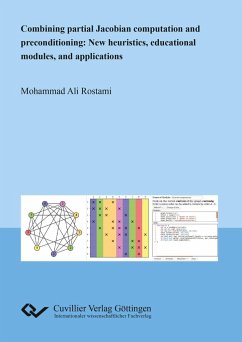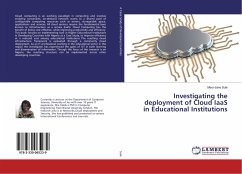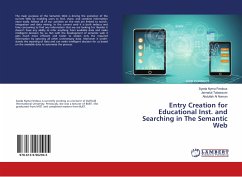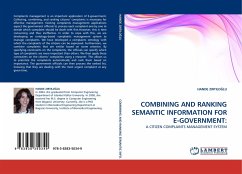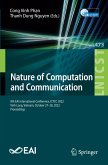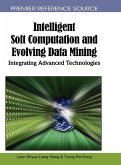Solving problems originating from real-world applications is often based on the solution of a system of linear equations whose coefficient matrix is a large sparse Jacobian matrix. Hence, there is research to exploit the sparsity structure and to decrease the amount of storage. In contrast to full Jacobian computation in which all nonzero elements are to be determined, partial Jacobian computation is looking at a subset of these elements. Partial Jacobian computation can therefore be faster and more efficient than full Jacobian computation. Since Jacobian matrix-vector products are needed in iterative solvers, these types of linear systems can be efficiently solved using automatic differentiation. Determining these nonzero elements in full or partial Jacobian computations by automatic differentiation techniques can be modeled as graph coloring in the language of graph theory. On the other hand, preconditioning techniques are used to improve the convergence of iterative solvers and typically need access to all nonzero elements of the Jacobian matrix. So, a sparsification is applied to the Jacobian matrix before computing the preconditioner. In the second part of this thesis, we introduce a collection of interactive educational modules to teach not only graph coloring, but also other concepts from combinatorial scientific computing in the classroom. These modules are designed to involve the students more thoroughly in the process of learning.

